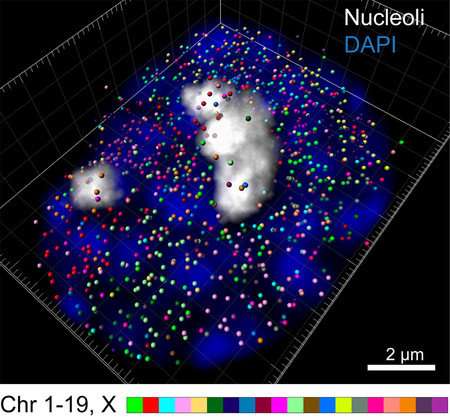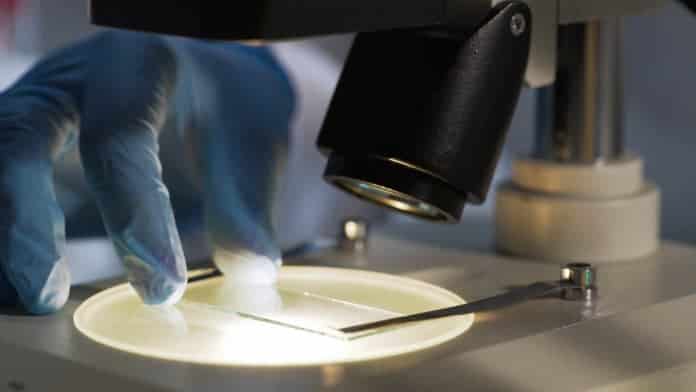New Tech Allows Scientists to Capture 10,000 Genes at Once
Scientists can now capture 10, 421 genes at once within an individual cell using a new technique developed by the scientists at Caltech.
The new technique called Sequential fluorescence in situ hybridization (seqFISH) is a major breakthrough in bioscience, where scientists are able to identify the processes within a specific cell genome at a microscopic level.
In the past, researchers could only capture four to five genes using a microscope. In this new advancement, scientists leverage “introns” to scale the first seqFISH developed in 2014 and 2017 up to a genomic level. This allows researchers to see approximately half of the total number of genes in mammals within a single cell.
Introns are specific regions within a cell that carries specific DNA sequence. It is responsible for giving an image of how a cell performs at an accurate moment of gene expression.
Intron seqFISH Technique
To turn the genetic instructions into functioning proteins, the scientists at Cai Laboratory induced transcription in cells to produce the “bursts” effect. The gene is then read and copied into a precursor messenger RNA, or pre-mRNA. At a microscopic level, the genes are jotted down and edited at
a speed of light.The editing process allows “introns” to break free from the pre-mRNA, exposing thousands of images within a cell.
Using a unique fluorescent barcode, scientists are able to identify which introns are turned on in every cell, pinpoint their location, and determine how strongly they are expressed.

Through the intron seqFISH technique, the team discovers the so-called “nascent transcriptomes” – a newly synthesized gene expression. The phenomenon leads to the further discovery of short-term gene transcription across many genes called “oscillation.”
Normally, it takes at least 12 to 14 hours for a cell to complete the replication process. However, through oscillation, cells replicate to more than 10,000 copies in approximately two hours only.
Another notable observation is the ability to magnify the individual location of genes within a chromosome. Through the new technique, the team was thrilled to discover that most active protein-encoding genes actually rest on the chromosome’s surface and not inside it.
Oscillation Phenomenon
This is the first time that the scientists are able to observe the oscillation phenomenon amidst the various barcoding techniques done previously.
According to the researchers, their prompt discovery was halted for several reasons. First, the cells across different genes fluctuate in an inversely different manner causing the two-hour oscillations to vary.
Second, the high accuracy of the seqFISH method makes them believe that what they observed represents real biological fluctuations rather than technical noise.
Lastly, using mRNA molecules in mammalian cells causes the two-hour oscillations to be incomprehensible considering their time-consuming replication process.
Cai, a collaborator on the Human Cell Atlas Project says that the new technique can be applied to any tissue. “The Intron seqFISH will help identify what every cell type in a specific gene does and give researchers a magnified view of the chromosome structure.”






























